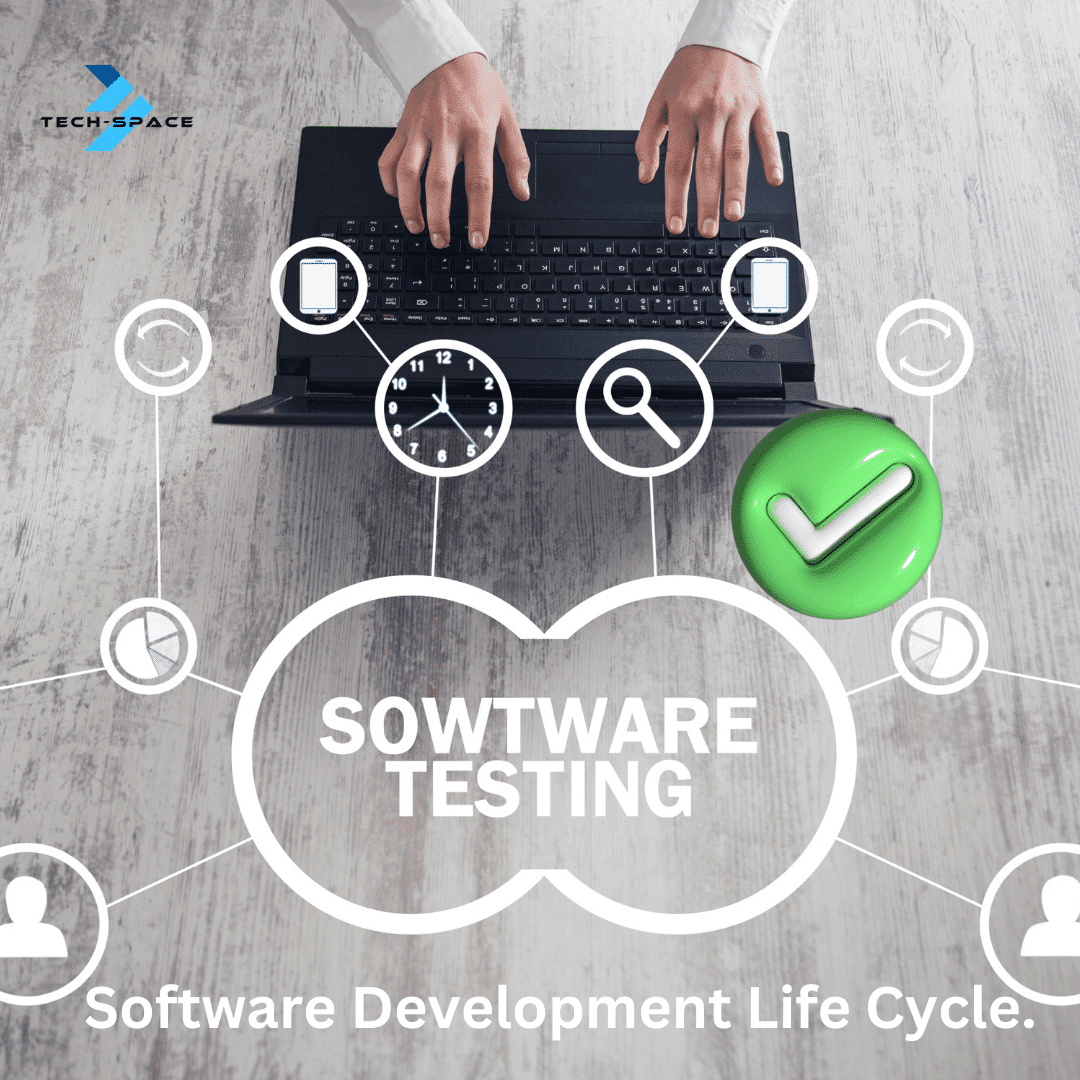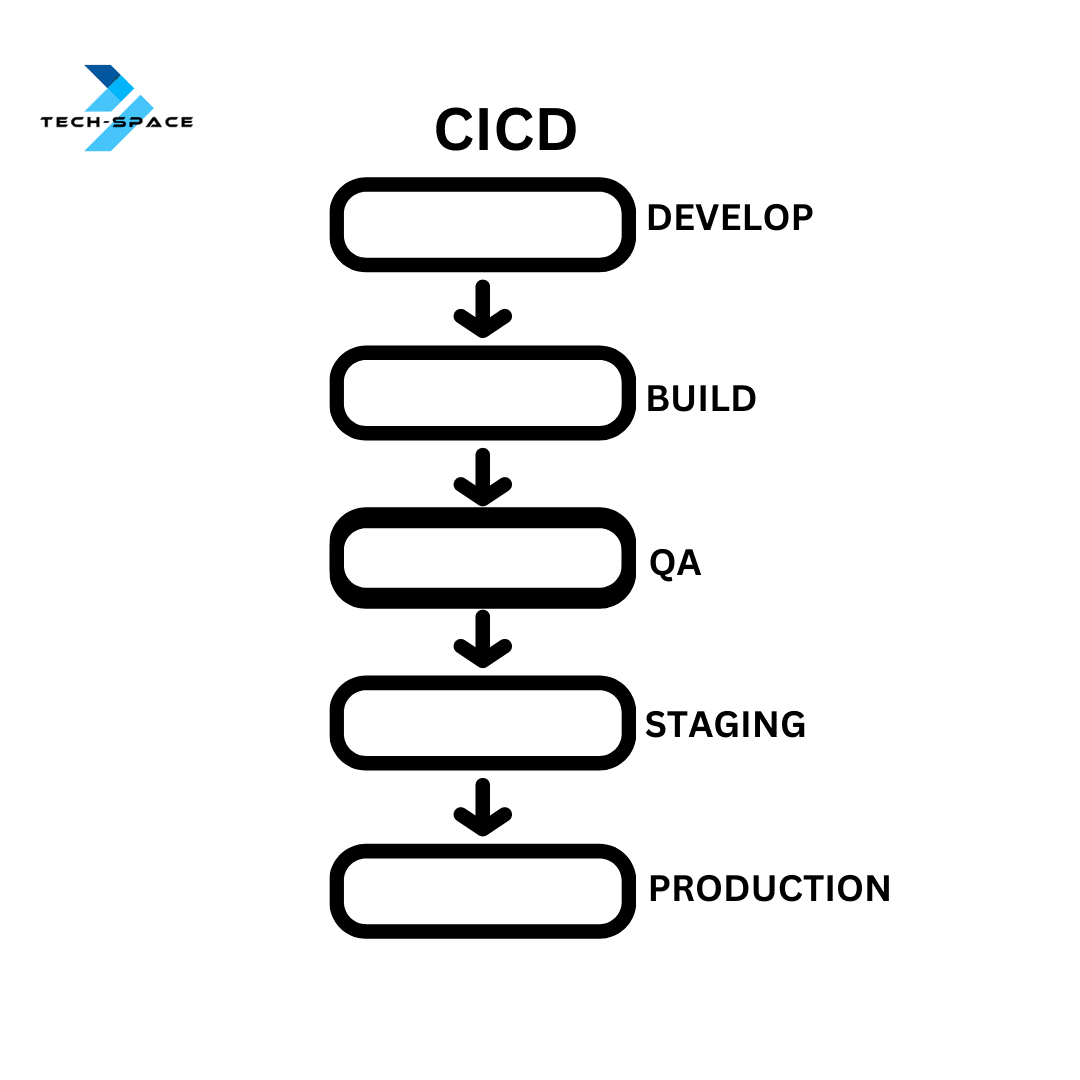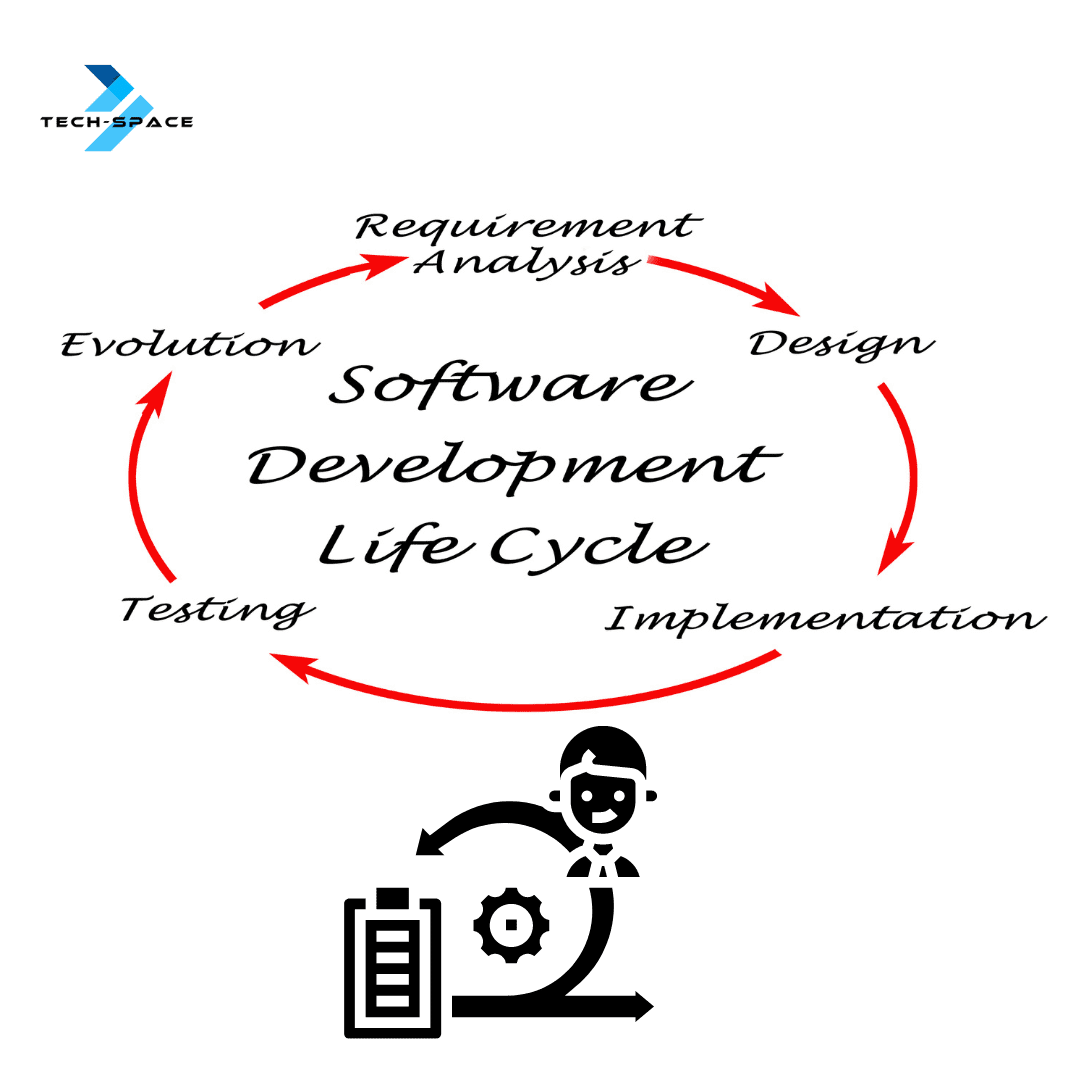Let me begin to define SDLC (Software Development Life Cycle.) for someone who doesn’t understand the meaning. SDLC is a structured methodology that guides software developers in planning, designing, erecting, testing, planting, and maintaining high-quality software products. It consists of colorful phases, each with specific conditioning and deliverables, and aims to ensure that software development is done efficiently, effectively, and with high-quality norms. The ultimate thing of SDLC is to produce software products that meet the conditions of the druggies and stakeholders while clinging to budget and timeline constraints.
In the software development life cycle( SDLC), good quality software delivery refers to delivering software that meets the stakeholders’ conditions, is free of blights( bugs), performs reliably, and is delivered on time and within budget.

The software requires adherence to stylish practices and norms throughout the development process, like conducting thorough testing and quality assurance, following established rendering standards, and icing proper attestation and communication with stakeholders. A good quality software delivery should also be justifiable and scalable, allowing for unborn updates and variations to be made snappily and without dismembering the system’s functionality. Likewise, software delivery helps in the development process, primarily software delivery. As a DevOps mastermind, the delivery of good quality software is essential. In my experience, I learn the following.
1. Have full-functioning CICD pipelines.
2. Blue/Green deployment is crucial
3. Have a good smoke and end to end testings post deployment
4. Good monitoring for alerting to make sure SLA is being meant
5. Understand the product dependencies and workflow
Introduction:
The software development process is ever-evolving, and with the advancement in technology and software engineering techniques, delivering good quality software has become a crucial aspect of software development. The software delivery process involves several stages: planning, coding, testing, deployment, and maintenance. The success of a software development project is determined by the quality of the software delivered to the end users.
As a DevOps engineer, it is crucial to understand the software delivery process and the various techniques and tools that can be used to deliver high-quality software. In this blog, I will discuss some of the essential aspects of software delivery that can help provide good-quality software.
1. Have full-functioning CICD pipelines:
Continuous Integration and Continuous Delivery (CICD) is a software development process that automates software’s build, testing, and deployment. CICD pipelines help in ensuring that the software is always in a releasable state and can be deployed to production at any time.

A full-functioning CICD pipeline should have the following stages:
a. Source Control Management: This stage involves checking the code into a version control system like Git, which can be used to track changes to the code.
b. Build: The next stage is building the software, which involves compiling the code and creating an executable.
c. Test: The third stage involves testing the software, which can be done using unit tests, integration tests, and end-to-end tests.
d. Deploy: The fourth stage involves deploying the software to a staging environment, where the QA team can test it.
e. Release: The final stage involves releasing the software to the production environment.
2. Blue/Green deployment is crucial:
Blue/Green deployment is a technique used to deploy software to production. Two identical production environments are used, one for the current production and the other for the new deployment. The new deployment is done in the green environment, and once it is tested and verified, the switch is made to the blue environment.
Blue/Green deployment helps reduce the downtime and risks associated with deploying new software to production. If any issues occur during the deployment, the switch can be made back to the previous environment, and the downtime can be avoided.
3. Have good smoke and end-to-end testing post-deployment:
Smoke testing is a testing technique that involves a set of tests that can quickly verify whether the software is working or not. Smoke tests should be performed immediately after the deployment to production and should be automated.
End-to-end testing is a testing technique that involves testing the entire software application, including all the modules and components. End-to-end testing should be performed after the smoke tests, and it should be done manually or automated. While some QA Engineers may resort to manual end-to-end testing in case of automation bugs, it is crucial to maintain a robust testing strategy.
Implementing thorough smoke and end-to-end testing after deployment is crucial to ensure that the software functions correctly and can be seamlessly used by end users.

4. Good monitoring for alerting to make sure SLA is being met:
Monitoring is a critical aspect of software delivery, and it involves monitoring the software application’s performance, availability, and usage. Monitoring should be done using tools like Nagios, Zabbix, or Prometheus, which can help detect any issues that might occur in the production environment.
Alerting is another essential aspect of monitoring, which involves sending alerts to the DevOps team when any issues are detected in the production environment. The alerts should be sent using tools like PagerDuty, Slack, or email, and they should be sent immediately when any issues are detected.
Monitoring and alerting help ensure that the Service Level Agreement (SLA) is met and the software application works as expected.
5. Understand the product dependencies and workflow:
Understanding the product dependencies and workflow
is crucial in software delivery, as it helps identify the components that make up the software application and how they interact.
A product dependency is a relationship between two or more components required for the software application to function correctly. For example, a web application might depend on a database server, a caching server, and a load balancer to function correctly.
Understanding the product dependencies helps in identifying the potential issues that arise due to the dependencies and how they can be resolved.
Workflow is another critical aspect of software delivery, and it involves understanding the sequence of steps required to deliver the software application. The workflow should include all the stages of software delivery, including planning, coding, testing, deployment, and maintenance.
Understanding the workflow helps identify the potential bottlenecks in the software delivery process and how they can be resolved.
Conclusion:
In conclusion, delivering good quality software is crucial to software development. It requires a well-defined software delivery process that includes several stages, including planning, coding, testing, deployment, and maintenance. As a DevOps engineer, it is essential to understand the various techniques and tools that can be used to deliver high-quality software.
Some of the essential aspects of software delivery that can help in delivering good quality software include having full-functioning CICD pipelines, using Blue/Green deployment, having good smoke and end-to-end testing post-deployment, having good monitoring for alerting to make sure SLA is being met and understanding the product dependencies and workflow.
By following these essential aspects of software delivery, DevOps engineers can ensure that the software application is always in a releasable state and can be deployed to production anytime, providing a smooth and efficient software delivery process.
Bonus tips
Here are some bonus tips on achieving good-quality software delivery:
- Prioritize Security: Security should be a top priority when delivering software. This involves conducting regular security audits, using secure coding practices, and ensuring that all the software components are up-to-date with the latest security patches.
- Automate Testing: Automated testing is a critical aspect of software delivery, as it helps identify issues early in the development cycle. Automated testing can be done using tools like Selenium, JUnit, and TestNG.
- Code Review: Code review is an essential aspect of software development, as it helps identify issues that might not be caught by automated testing. Code review should be done by peers who can provide valuable feedback and suggestions for improvement.
- Continuous Feedback: Continuous feedback is crucial in software delivery, as it helps identify issues and improve the software application. Feedback can be collected from end-users, the QA team, and the DevOps team.
- Continuous Improvement: Continuous improvement is a fundamental aspect of software delivery, as it helps identify areas for improvement and implement changes to improve the software application. Continuous improvement should be made using tools like Lean Six Sigma, which can help identify waste and inefficiencies in the software delivery process.
By following these bonus tips, DevOps engineers can ensure that they deliver high-quality software applications that meet end-user’s needs and exceed their expectations.




